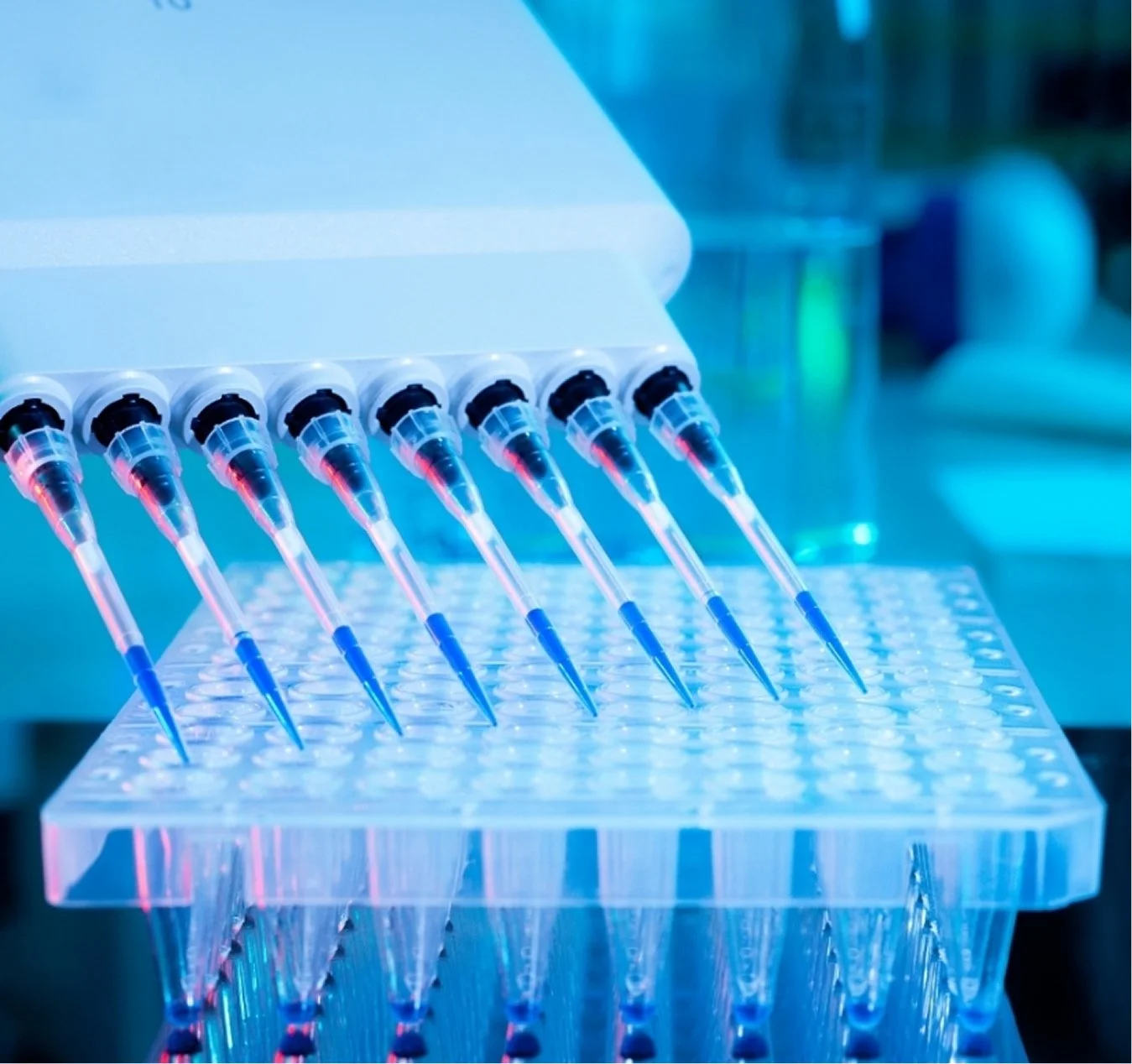 Image 1 of 1
Image 1 of 1


Human C-peptide ELISA Kit
SIZE
96 wells/kit
INTRODUCTION
C-peptide is a 31 amino acid peptide which is a part of proinsulin and is cleaved out proteolytically during the formation of insulin. The half-life of C-peptide is longer (20-30 min) than that of insulin (3-5 min), so C-peptide is a more stable parameter while assessing b-cell function1.
PRINCIPLE OF THE ASSAY
This assay is a quantitative sandwich ELISA. The immunoplate is pre-coated with a monoclonal antibody specific for human C-peptide. Standards and samples are pipetted into the wells and any human C-peptide present is bound by the immobilized antibody. After washing away any unbound substances, a biotin labelled monoclonal antibody specific for human C-peptide is added to the wells. After wash step to remove any unbound reagents, streptavidin-HRP conjugate (STP-HRP) is added. After the last wash step, an HRP substrate solution is added and colour develops in proportion to the amount of human C-peptide bound initially. The assay is stopped and the optical density of the wells determined using a microplate reader. Since the increases in absorbance are directly proportional to the amount of captured human C-peptide, the unknown sample concentration can be interpolated from a reference curve included in each assay.
SIZE
96 wells/kit
INTRODUCTION
C-peptide is a 31 amino acid peptide which is a part of proinsulin and is cleaved out proteolytically during the formation of insulin. The half-life of C-peptide is longer (20-30 min) than that of insulin (3-5 min), so C-peptide is a more stable parameter while assessing b-cell function1.
PRINCIPLE OF THE ASSAY
This assay is a quantitative sandwich ELISA. The immunoplate is pre-coated with a monoclonal antibody specific for human C-peptide. Standards and samples are pipetted into the wells and any human C-peptide present is bound by the immobilized antibody. After washing away any unbound substances, a biotin labelled monoclonal antibody specific for human C-peptide is added to the wells. After wash step to remove any unbound reagents, streptavidin-HRP conjugate (STP-HRP) is added. After the last wash step, an HRP substrate solution is added and colour develops in proportion to the amount of human C-peptide bound initially. The assay is stopped and the optical density of the wells determined using a microplate reader. Since the increases in absorbance are directly proportional to the amount of captured human C-peptide, the unknown sample concentration can be interpolated from a reference curve included in each assay.

